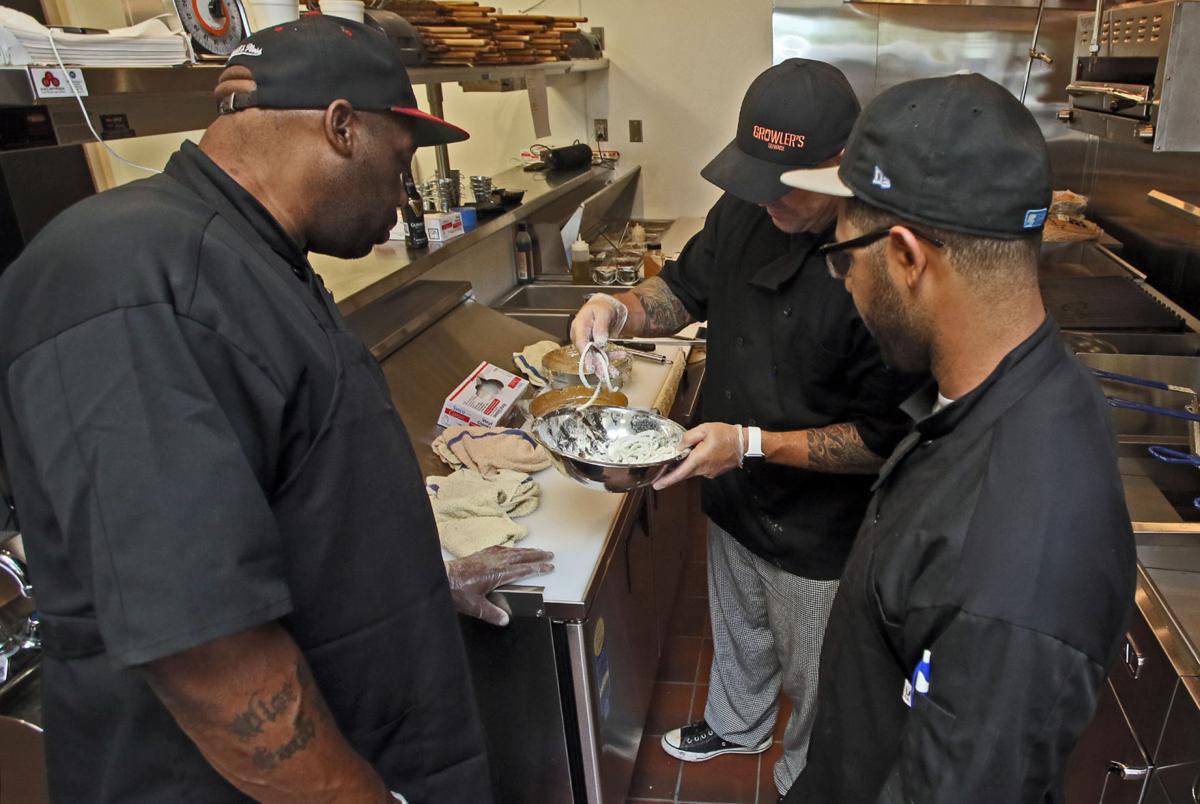The state’s seasonally adjusted unemployment rate remained stuck at 5.1 percent in July, a figure now virtually unchanged for a year, even as the national jobless rate dropped a tenth of a point last month to 4.3 percent.
But the state official responsible for reporting the data said Thursday there’s some good news in all that. And Doug Walls, research administrator for the Office of Economic Opportunity, said it doesn’t mean that this plateau is now the “new normal” for Arizona, a state that had unemployment rates below 4 percent just a decade ago.
On paper, the state shed 9,400 private sector jobs between June and July. But that is not unusual for this time of year.
Private businesses are reporting employment levels 41,400 higher now than at the same time last year. That is a relatively tepid 1.8 percent growth rate.
But Walls said a separate household survey found that the number of people now in the workforce, whether full or part time, is about 72,000 more than a year ago. He said that shows that the Arizona economy is able to absorb all those people who want jobs, whether those who just moved here or other “discouraged” workers who until now had not been looking.
Eight of the 11 sectors of the economy grew in the past 12 months.
The biggest growth, though, came in jobs in leisure and hospitality. That largely includes restaurants, hotels and bars. Employers there added 16,600 jobs, enough to post a robust 5.5 percent growth rate.
But these, as a whole, tend to be among the lowest paid jobs. By contrast, the manufacturing industry with its higher-paying jobs added only 4,000 in the past 12 months.
There were, however, some gains in private education and health services with an 11,000 year-over-year increase, and 6,000 in the financial services sector. Both segments of the economy tend to have jobs that pay above the state average.
One statistic of note is that Arizona posted a year-over-year wage growth of 6.9 percent. That compares with 3.3 percent nationally.
Walls said some of that might be attributed to Proposition 206. That voter-approved measure boosted the state minimum wage from $8.05 an hour last year to $10 on January 1.
But Walls said it may also be that the demand for workers in the leisure and hospitality industry is forcing employers to pay more to attract applicants.





